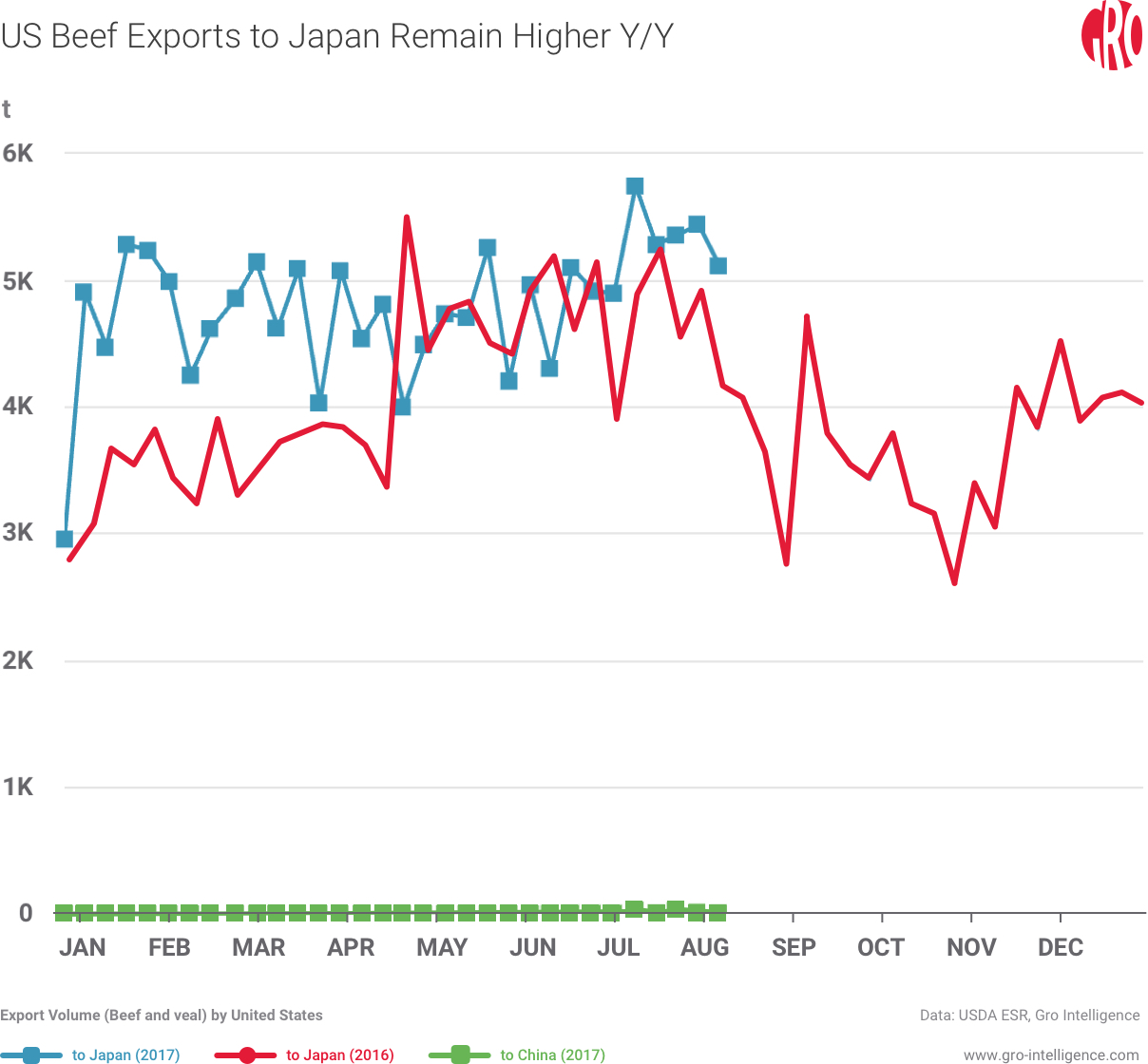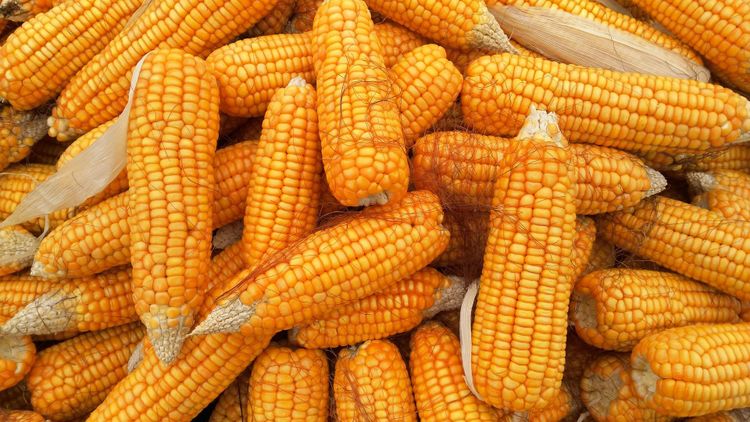Watching This Week: US Chicken Prices, China's Beef Imports, and Ivory Coast's Cocoa
FOOD
Are Chicken Prices About to Come Back to Earth?
Boneless/skinless breast prices are starting to ease in August after soaring year-over-year by over 30% in July. Wings and other chicken parts have yet to come down from their lofty perch. Solid demand, disciplined suppliers, and decreased antibiotic usage have likely reduced hen productivity. Given the good conditions for corn in key poultry producing states, this is the perfect environment for producers to start expanding production. Normally, producers start to reduce weekly egg sets and broiler placements at this time of year, but the industry has been showing expansionary signs in the past month. We recommend procurement managers closely monitor weekly pullet and breeding layers as we head towards the end of summer.

TRADE POLICY
US Beef Runs Into Unexpected Roadblocks in Asia:
Recent actions by Japan may push US beef exporters to find alternative markets for some of their beef products. Japan increased its tariff on frozen beef from 38% to 50% in recent weeks. US beef exports to Japan last week were still higher than year ago levels. Yet, recent data is likely backward looking since many of these exports were booked months ago. China may also require US beef imports to be free of artificial growth hormones or additives, thus making the meat leaner. US beef exports to China are just restarting. As such, we suggest keeping a close eye on US weekly beef exports within Gro. The actions of China and Japan can have an impact on US beef supply heading into a weaker period for domestic demand.

COMMODITIES
Ivory Coast’s Main Cocoa Crop Shows Promise:
The initial outlook shows promise for the main cocoa crop in West Africa. Average rainfall and sunshine over the past few months has been supportive for pod development. However, overcast weather in some parts of the country is raising concern about the risk of disease—black pod. Precipitation anomalies are also developing. Given that the region’s main harvest starts in late September-to-early October, traders can stay prepared by monitoring an array of environmental indicators in Gro.

 Insight
InsightAvian Flu’s Grip on Egg Prices Is Starting to Crack
 Insight
InsightUS Beef Headed for Supply Shock, High Prices Through 2024, Gro Expects
 Insight
InsightWest Africa’s Cocoa Production Outlook Is Strong, Despite Ghana’s Woes
 Insight
Insight

 Search
Search